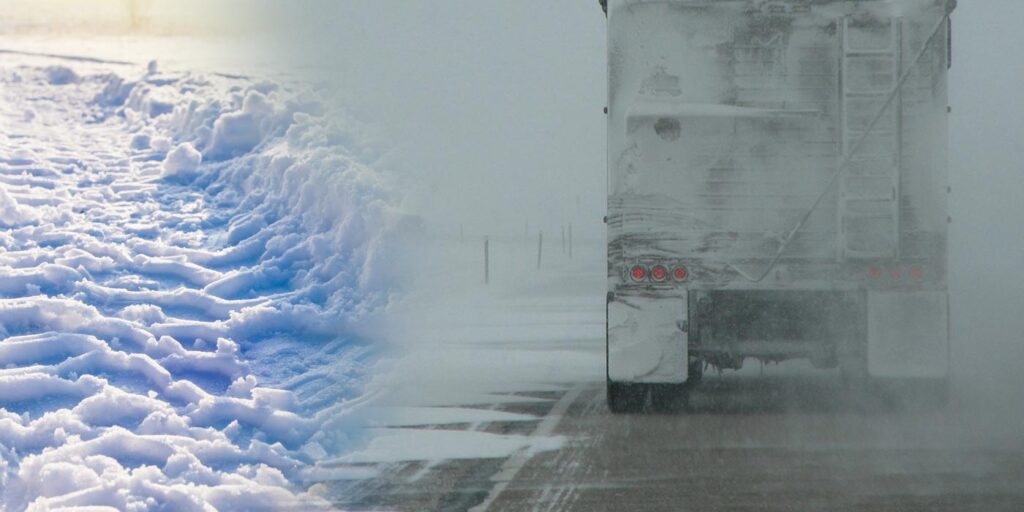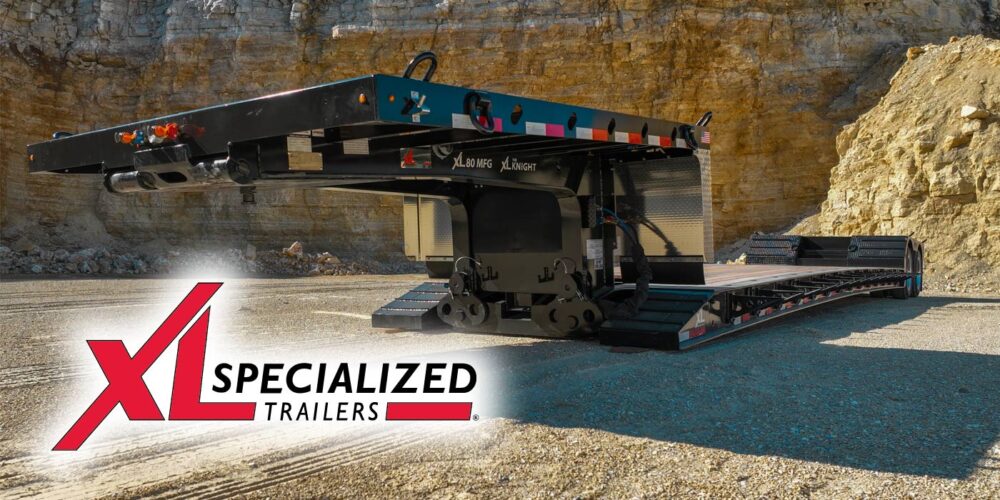The U.S. Department of Transportation Federal Highway Administration states that nearly 24 percent (150,000) of weather-related vehicle crashes happen on snowy or icy roads. The freezing temperatures and gusty winds can put truck drivers at risk of hydroplaning and skidding—if they do not practice safe driving techniques throughout the frosty winter months. Below are winter driving tips that will help truckers safely navigate through snow, sleet, and ice.
Keep a safe distance
Let’s face it, driving through snow is stressful no matter the vehicle; and while getting to one’s destination [on time] is the goal, it’s true what the adage says, “slow and steady wins the race.”
The same practices for driving in the rain apply to driving in the snow – keep a safe distance from other drivers and do not tailgate. Have in mind that a good following distance for a truck is between 7-14 seconds and trucks need about 40 percent more stopping time compared to cars to come to a complete highway stop. Travelling in packs will cause tire spray on vehicles and potentially lead to accidents.
Watch for tire spray
Wet pavements can lead to tire spray—the kick-up of pebbles, salt, snow, and other road grime. Truckers can do their part to avoid tire spray by installing mud flaps on semi-trucks. Not only do mud flaps act as shields of armor to undercarriage parts, but they help reduce the debris sprayed on vehicles trailing behind them.
Don’t speed or slam on brakes
It may be tempting to put the pedal to the metal to avoid driving in the snow for long; but that can lead to speeding tickets or an accident. It’s best to slow down to 15 mph when driving through heavy snow and gently tap the brakes when needed. If driving a tractor-trailer, drivers will need to slow down to find traction. Slamming on brakes can cause the trailer to try and stop while the wheels are still in motion—which can increase the speed of the vehicle. Additionally, if there is not enough traction, tractors can slide out from under the trailer and cause the vehicle to jackknife. Snow chains can be installed on tires to increase traction control in less than 10 minutes.
Let there be light
According to Kelley Blue Book, the safest vehicle colors less likely to get into accidents are white, cream, and yellow while the most dangerous colors are grey, silver, blue, and red. Unfortunately, most commercial trucks are either grey or silver. This means other drivers may have difficulty seeing commercial vehicles despite their size. Be it freezing rain or snow, truck headlights, side lights and backlights are helpful guides to alert drivers of our presence. Truckers with traditional incandescent lighting equipment should consider switching them out for brighter, longer-lasting lighting solutions such as halogen or LED lights. Choosing truck lights with heating elements to melt away snow and ice will help truck drivers see clearer, as well.
Don’t make sudden movements
The Society of Automotive Engineers (SAE) reported that nearly two million accidents each year are caused by driver’s failing to use turn signals. Don’t add to the statistics. Always use blinkers, slow down, and wait four to five blinks before making a move. This will give other drivers ample time to process what is happening and will act accordingly.
Just breathe and stay calm
Relax and focus on driving with both hands on the steering wheel. Pull over if you do not feel comfortable; but always remember to slow down; use blinkers to signal your actions; observe tire spray; find traction; and put your lights on to help other drivers see you.
Click here to visit the JIT Truck Parts for more trucking insights.














